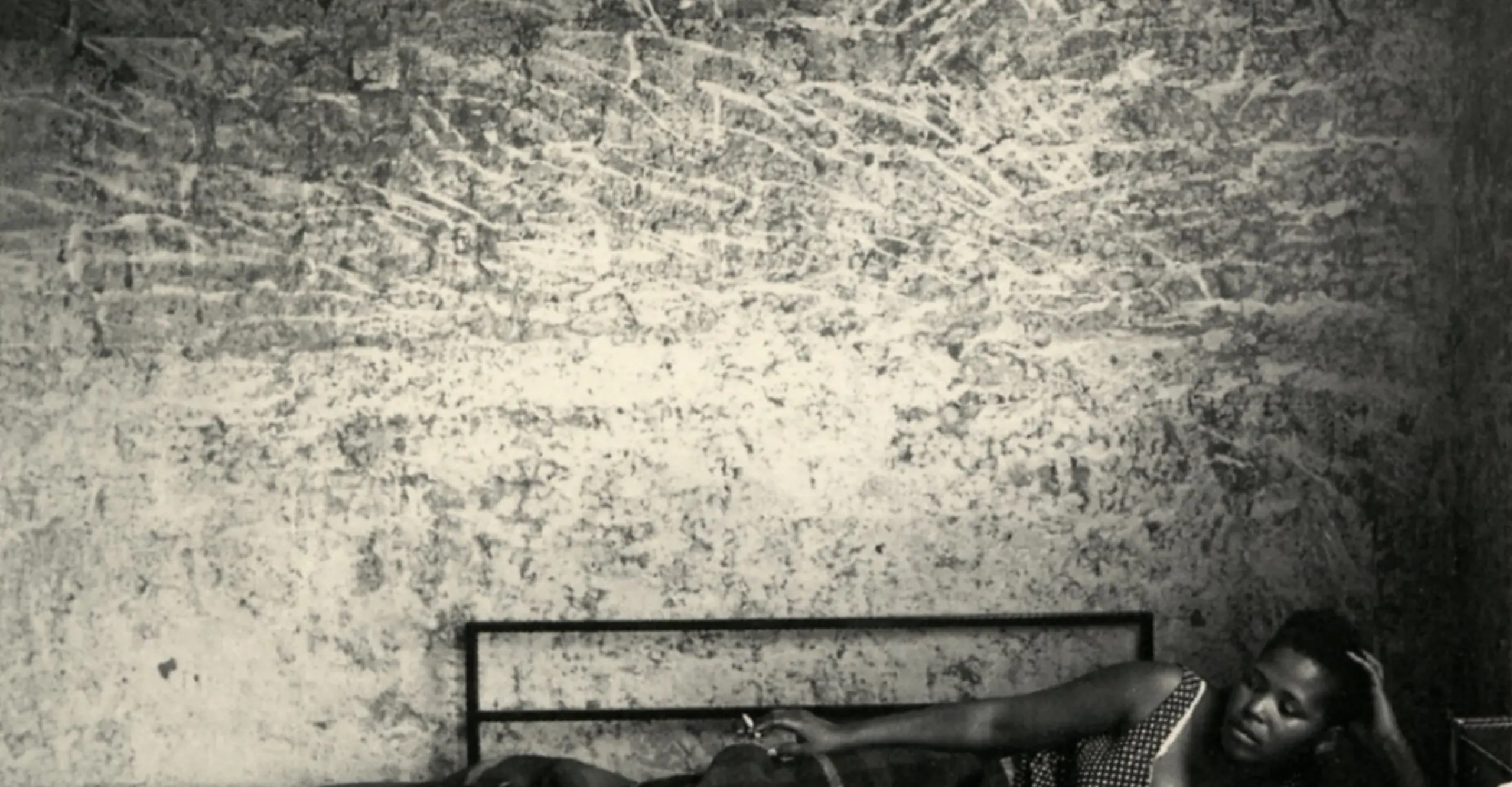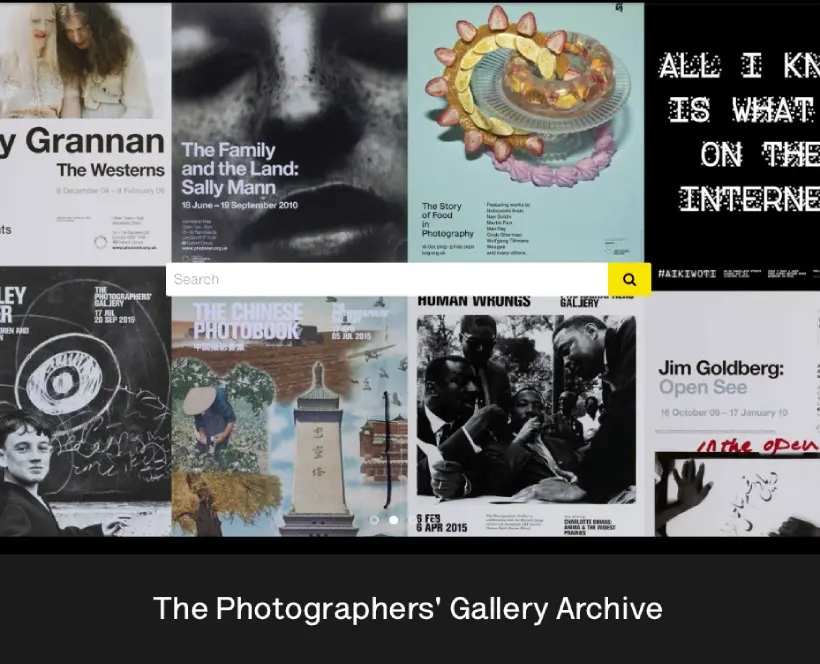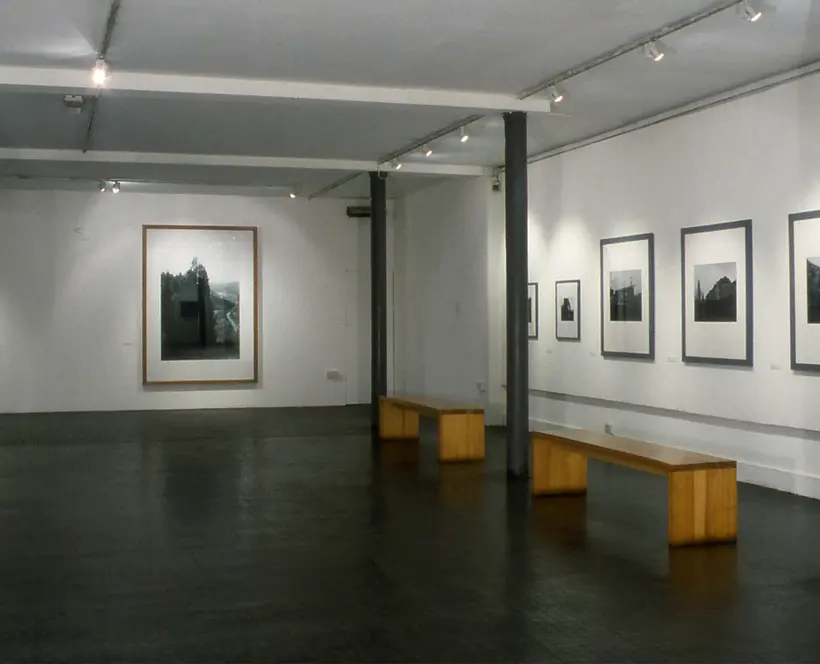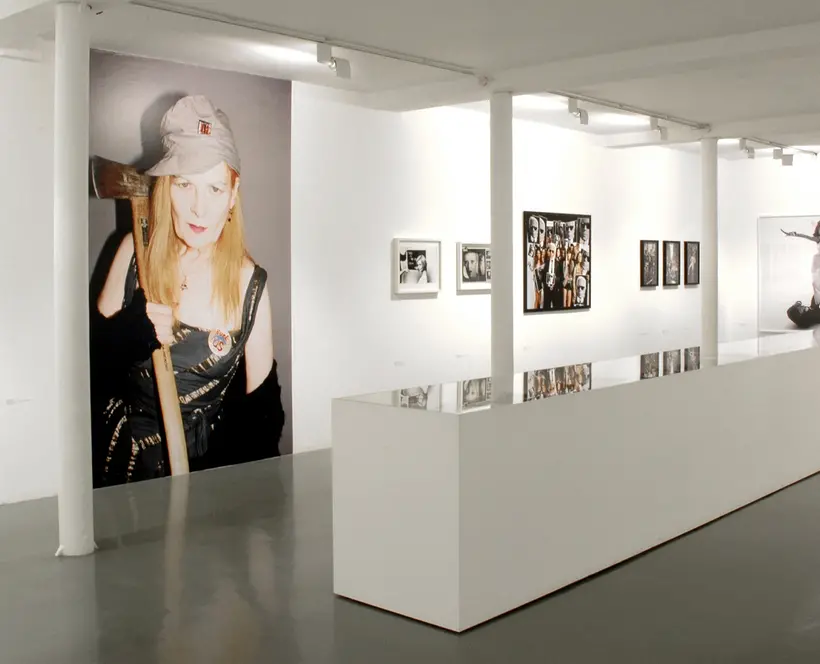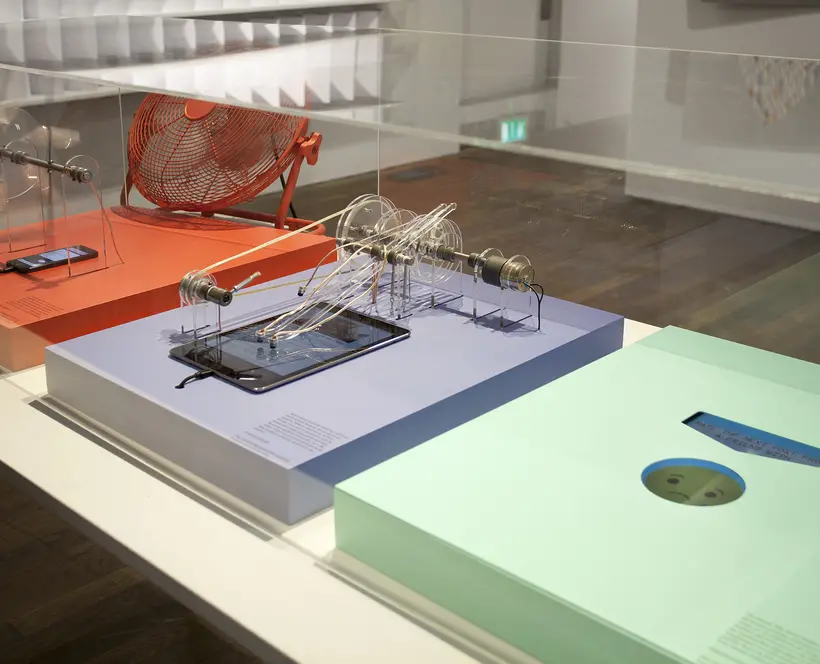11 Apr - 17 May 1986
This solo exhibition by David Golblatt was presented alongside The Cordoned Heart, a group show which contains work by nineteen other South African photographers as well as Goldblatt’s. All the photographs were taken for the Second Carnegie Inquiry into Poverty and Development in Southern African (the first being The Carnegie Commission on the Poor White Problem in Southern Africa 1929), funded by The Carnegie Corporation of New York.
The civilized world quite rightly condemns apartheid but most of us have never lived with it or even visited South Africa and while our television and newspapers show us riots and police brutality, it is difficult to imagine what day to day life must be like – the strength of David Goldblatt’s pictures lies in his ability to show us exactly that. They explain how such a heinous system not only excludes the black population from any equal opportunities but also successfully insulates the white population. It becomes evident that this insulation perpetuates an attitude of condescending paternalism and the myth of black dependency which in turn underpins the belief in apartheid by all but a tiny minority of the whites. Looking at these photographs makes you understand why there has to be change and why it will probably now be violent change.
The pictures should also make us aware of our own situation and how important it is to guard the freedoms to which we give lip service but which are constantly eroded by our own racial prejudice and class system. It is easy for liberal minded people to be lulled into a false sense of security but real democracy is more than just a voting system and needs constant vigilance if the equality of opportunity it promises is not to be compromised. Once a totalitarian regime takes over, be it left or right, it is seemingly impossible to change it without violence, bloodshed and misery for everyone.
Sue Davies, Director, The Photographers’ Gallery.
Text taken from the exhibition booklet. Exhibition organised by Side Gallery.
View the exhibition booklet (pdf)
For further information on this and past exhibitions, visit our Archive and Study Room.
